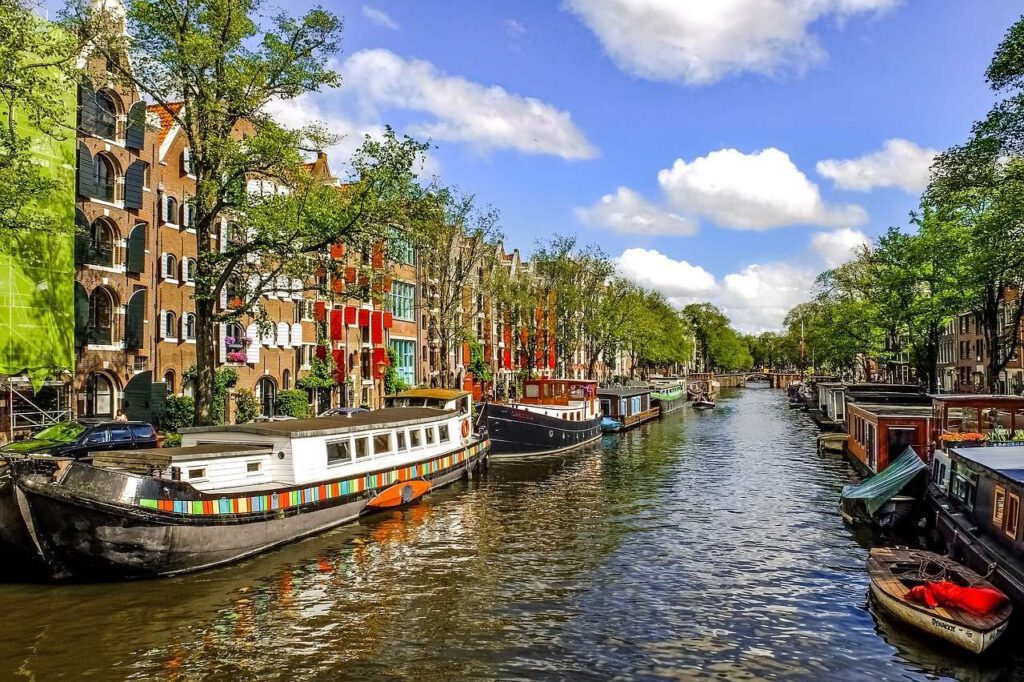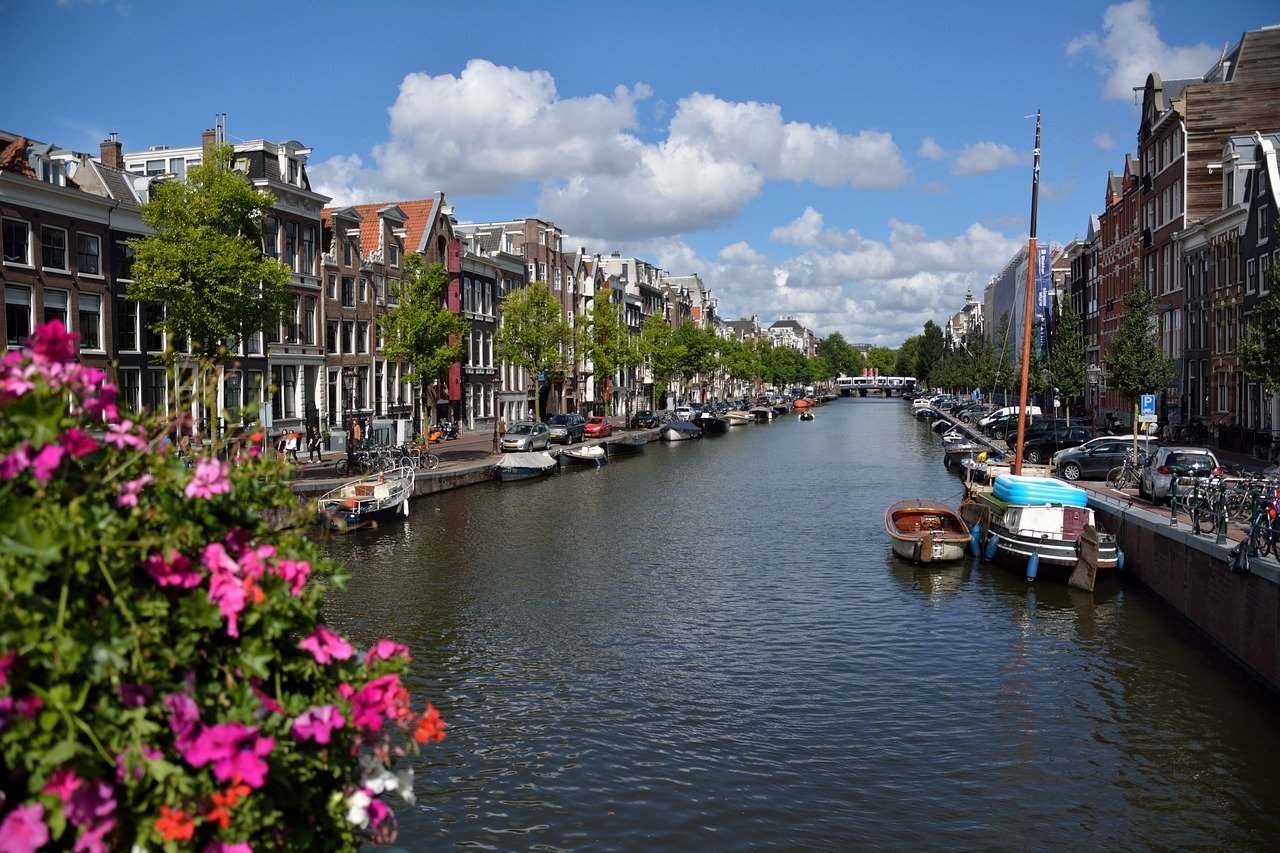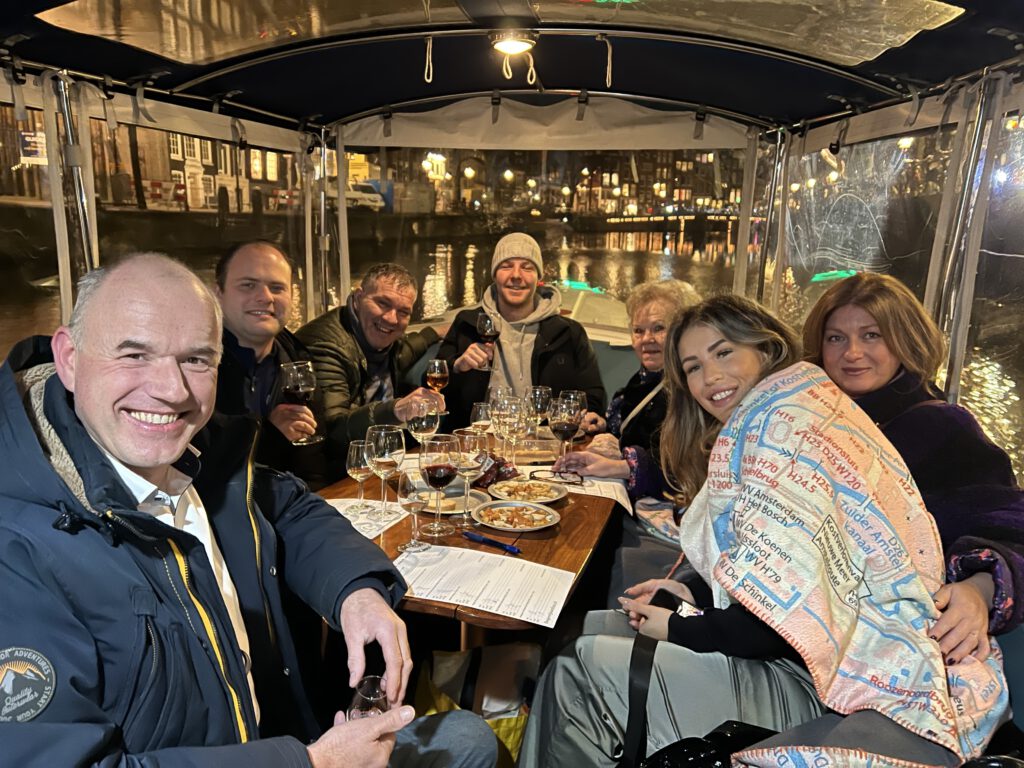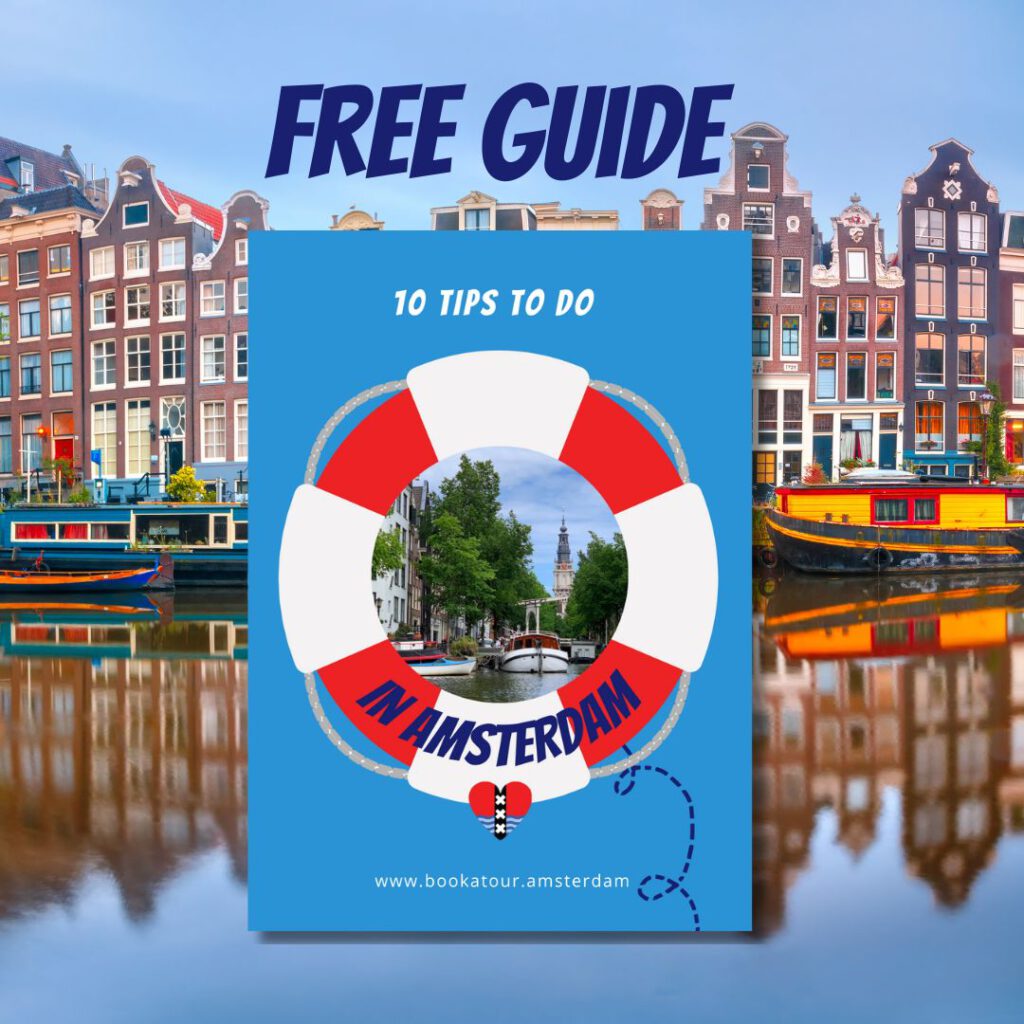Oh, the Amsterdam canals! They sure are picturesque, aren’t they? So much so, that if all the mood shots, selfies, and panoramas taken from the city’s bridges were printed out and piled up together they’d weigh more than some of those bridges!
But the waterways are so much more than just a pretty picture. There are tons of stories and facts about them which are just as fascinating! Today we’re going to look at some of the coolest tidbits so that at the next cocktail party you can throw out some Amsterdam based factoids without having to make anything up and ending up looking like an ass. (Yes, it’s an old one, but let’s face it, neither Amsterdam nor Fox News has changed much since then).
Okay, enough of the (not so) subtle digs and on to the good stuff!

Almost all of the Canals were dug in one lifetime
The canal work began in 1585 and was almost completely done by 1665. Okay, that’s a long life, but contrary to what you may think, some people did actually live that long back then. Statistics which say life expectancy was around 30 years back then are skewed by child mortality as 1 in 3 children died as recently as 1800. As life expectancy is calculated by adding all the years lived together and then dividing by the number of people, young deaths pulled down average life expectancy (a lot). But if you managed to survive the first five years, how long you could expect to live was much higher after that.
Okay, back to the canals. When they were originally dug, they weren’t just for transport but a few of them were for defence as well. You can still boat, bike or drive along the defensive moat, though nowadays it’s in the middle of the city. Nor is it really the prettiest of the canals. Back then, however, it was quite something. On one side there were giant fortifications while on the other lay the wide open countryside. (Those fortifications were built to keep out the Spanish against who the Dutch fought an 80 year long independence war).
Interestingly, the city managed didn’t expand much beyond that wall for most of its history. Only in the last two hundred years did it expand beyond, with most of the growth only occurring after the second world war.
There used to be a lot more canals
For a while, like most places, the Amsteram became enamored with the car. It was so bad that they started filling in canals to create more road access. There was even a plan by a local police commissioner in 1955 to fill in each and every canal in the city so the city’s traffic problems would be solved ‘once and for all’.
The citizens of Amsterdam did not take kindly to his plan and protested loudly and often. Thankfully, the plan was shelved, which just goes to show how important it is for a city’s citizens to be heard!
Amsterdam has, by the way, found another way to deal with its traffic problem that didn’t require filling in the waterways. They’ve boosted public transport and bike access while purposefully making it harder to access the city center by car.
They’ve also created park and ride spaces outside the city where you can park affordably and take public transport into the city while making parking in the city more expensive. Now, they are even removing parking spaces to create areas for trees, bicycles and pedestrians. All to make the city more cleaner, greener and more livable. Now that’s a much better solution!
The canals are home to many people and animals alike
There are 3000 houseboats on the Dutch canals! What’s more, a lot of animals make their home in the water as well. Along with birds and other animals, you’ll find 20 different kinds of fish and shellfish in the waterways. You go nature! Of course, they’re a little bit hard to see, as the water is rather murky. So, if you’re interested to see them but don’t consider yourself much of a fisherman, you can check them out at the Artis zoo.
The reason there are so many animals in the waterways is because despite its appearance the water is quite clean. There are tons of places around the city where people go swimming regularly. There’s even a national swim event when people go swimming in the Dutch canals together to raise money.
Though, for the sake of full disclosure, it was cancelled last year because a freak weather event flooded the sewers and caused sewer water to run into the canals. As a result, e coli was found there. Yes that’s the one associated with human waste. But then, in days of yore that was something that was true every day as the canals also served as the city’s sewer and garbage dump. So, I guess that’s already a vast improvement!
The Amsterdam Archipelago
You can look at Amsterdam as if it’s one piece of land bisected by lots of canals or, if you tilt your head sideways and squint, you can look at it as a body of water dotted with lots of islands. In that case, the city has more than 90 islands within its limits connected by 1281 bridges.
Another interesting fact: most of those islands are sinking. Just like Venice, in fact (though it’s not quite as drastic). The Dutch have known for a long time that the land they’re building on isn’t really stable enough, so to make sure the buildings stay upright, they’ve driven huge posts into the ground and built on top of them. These pass through the soft layer and anchor the buildings in the layer below that. With varying success, it might be said, as quite a few of the buildings in Amsterdam lean this way and that.
Do note, the forward lean that many of the buildings have is on purpose. It’s supposed to keep the rain off the front of the building and makes them look taller, besides.
To create the modern canals the Dutch dammed a river
It’s true! The Amstel used to flow through the center of town and actually passed through dam square. The river was dammed (hence the name of the square) and forced to flow through the adjacent canals.
This was actually a very wise decision by the Dutch as this meant that the water in the canals was no longer just stagnating there and now moves. That meant the water (and everything thrown into it) didn’t hang around in the city but instead went out to sea. Must have been great both for the smell and for the city’s hygiene!
This system is further augmented by a series of locks that the city uses to redirect the water down specific canals. Don’t worry, this won’t influence your tour, though, as this is something they only really do late at night. How considerate of them!



